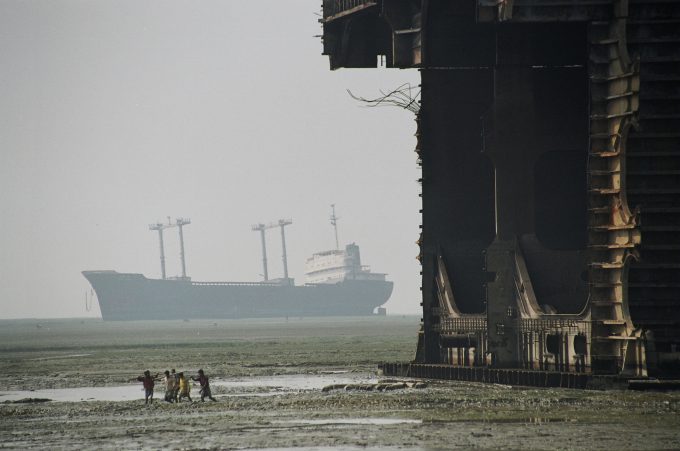Book a slot for Panama Canal transit as protests add to low water delays
Shipping lines are facing more disruption and delay at the Panama Canal, owing to the ...

A sharp increase in steel prices has prompted a new wave of vessel scrapping, bringing the supply-demand ratio in container shipping further into balance.
According to the latest report from London shipbroker Braemar ACM, containership scrapping this year has already reached 56, amounting to 185,500 teu. This compares with 16 ships (45,000 teu) in the same period of 2016.
Moreover, the delivery of newbuild tonnage has slowed considerably, with only 18 vessels, totalling 91,500 teu, having been delivered so far this year.
Over 2016, there were ...
USTR fees will lead to 'complete destabilisation' of container shipping alliances
Outlook for container shipping 'more uncertain now than at the onset of Covid'
Flexport lawsuit an 'undifferentiated mass of gibberish', claims Freightmate
Cancelled voyages take the sting out of spot rate declines this week
Shippers warned: don't under-value US exports to avoid tariffs – 'CBP will catch you'
Blanked sailings in response to falling demand 'just a stop-gap solution'

Comment on this article
Capt. Rana V
May 23, 2017 at 6:08 amWhats your take on offshore jack up rigs supply , demand and scrapping
Mahabub Hossain
September 13, 2017 at 9:02 amDear sir, Please give me the scrap ship price of CNF Chittagong, Bangladesh basis. it is very urgent.
Thanking you,
Mahabub Hossain
Surma Gas Trading Company
Dhaka, Bangladesh